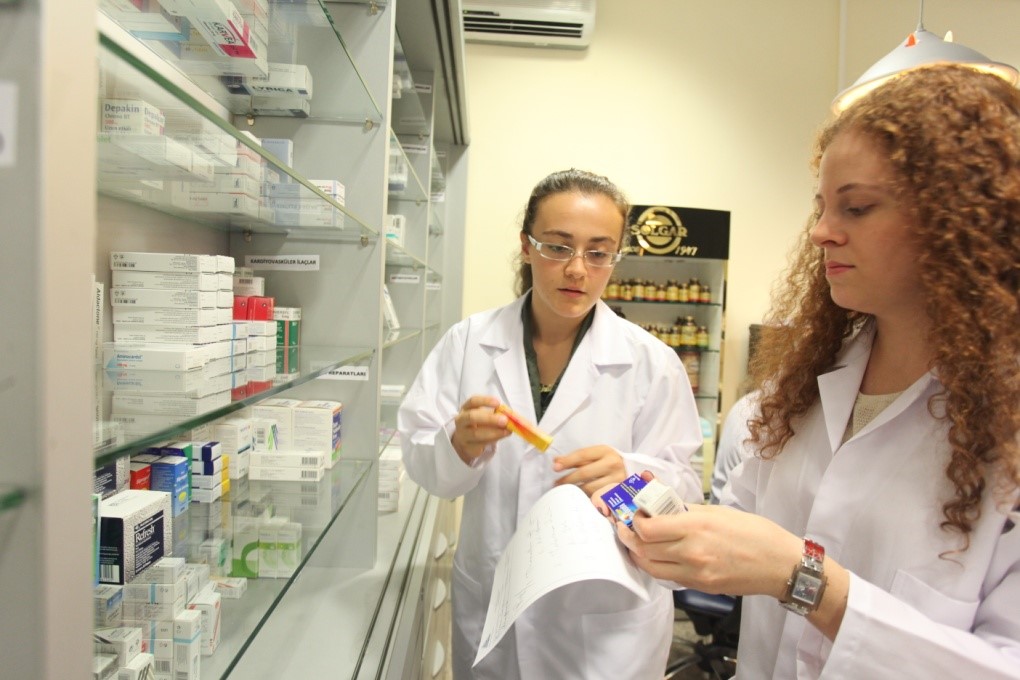
What is Physical Treatment?
The American Physical Therapy Association defines physical therapy as "... a health profession whose main purpose is the promotion of optimal human health and function through the application of clinical concepts to prevent, identify, assess, remedy, or ease severe or prolonged movement dysfunction".
Physical Treatment is an occupation whose main purpose is the restoration, upkeep, and promo of ideal health, function, and quality of life for individuals of any ages. The science of physical therapy involves the application of therapeutic methods, methods, and interventions that help rehabilitate an individual to their optimum physical potential. The art of physical therapy is assisting individuals help themselves.
In laws and regulations specifying practice, physical treatment is often defined as the care and services supplied by a physiotherapist or a physical therapist assistant under the direction and guidance of a physiotherapist, and include:
Alleviating problems and practical limitation by creating, carrying out, and modifying therapeutic interventions;
Preventing injury, problems, practical limitation and impairment; and Engaging in consultation, education, and research study.
More info about the profession of physical treatment might be obtained by checking out the American Physical Treatment Association's web site at www.apta.org
Who are Physical Therapist Assistants?
Physiotherapist Assistants, or PTA's, are competent health care suppliers who deal with and under the direction and guidance of a physiotherapist to provide physical treatment services. In order for a private to practice as a PTA, they must finish from a certified PTA program and successfully pass a licensing/certification test.
PTA's play an essential role in supplying physical treatment services for people with numerous impairments. When a patient looks for or is referred for physical therapy services, the physical therapist carries out an initial evaluation and details a plan of care. The PTA can then bring out all or part of the treatment strategy as instructed by the physiotherapist.
The American Physical Therapy Association recognizes the PTA as the only individual who assists the physiotherapist in the shipment of selected physical therapy interventions.
What does a Physical Therapist Assistant do?
The physiotherapist assistant (PTA) performs physical treatment interventions and associated tasks under the instructions and supervision of a physiotherapist. Such responsibilities may consist of training patients in healing workout and activities of daily living, utilizing physical agents such as cold, heat, electrical energy, or water for discomfort relief and healing, advising persons in making use of assistive devices for walking, taking part in wound care, promoting health and injury prevention, supplying patient and family education, training clients in wheelchair activities, assisting the physiotherapist in performing client assessments and complex interventions, and a lot more.
The PTA also keeps an eye on the patient's action to treatment, performs numerous tests and steps, documents appropriate aspects of client care, and maintains continuous communication with the monitoring physical therapist, along with other health care specialists.
What is the distinction between a PT and a PTA?
The physiotherapist (PT) and the physical therapist assistant (PTA) vary in educational preparation and levels of obligations as it connects to the arrangement of physical therapy services.
Today, the frustrating majority of PT schools inform physical therapists at the Doctorate level, although numerous practicing therapists were educated when programs needed only a Master's or Bachelor's degree. The PTA is informed at the Associate's degree level, which normally equates to 2 years of college.
The PTA has a working knowledge of the theory behind treatment interventions, understands pathological conditions being treated, and comprehends how to apply techniques and techniques utilized to treat those conditions.
The PT has comprehensive education in evaluative skills, research, and administration, along with sophisticated coursework in human anatomy, neuroanatomy, orthopedics, pathology, and healing methods. Both the PT and the PTA need biomedical associates to graduate from recognized programs and pass a licensing examination in order to practice in their particular roles.
Consumers/patients might seek the services of the physical therapist straight, or, the patient might be referred to a physiotherapist by a physician. The PT carries out the preliminary evaluation and examination of the patient. The examination will result in a physical treatment diagnosis, and as suitable, the PT will develop goals or results to be accomplished by a physical treatment plan of care and treatment plan.
The PTA can not carry out the initial assessment or evaluation; nevertheless, the PTA might help the PT in collecting data. Following the assessment of the client, the PTA may carry out selected interventions and information collection as directed by the monitoring PT. The PTA should constantly work under the direction and guidance of a physiotherapist. The collaborative relationship in between the PT/PTA is highly efficient and valued, and the group significantly adds to the success of the overall rehab procedure.